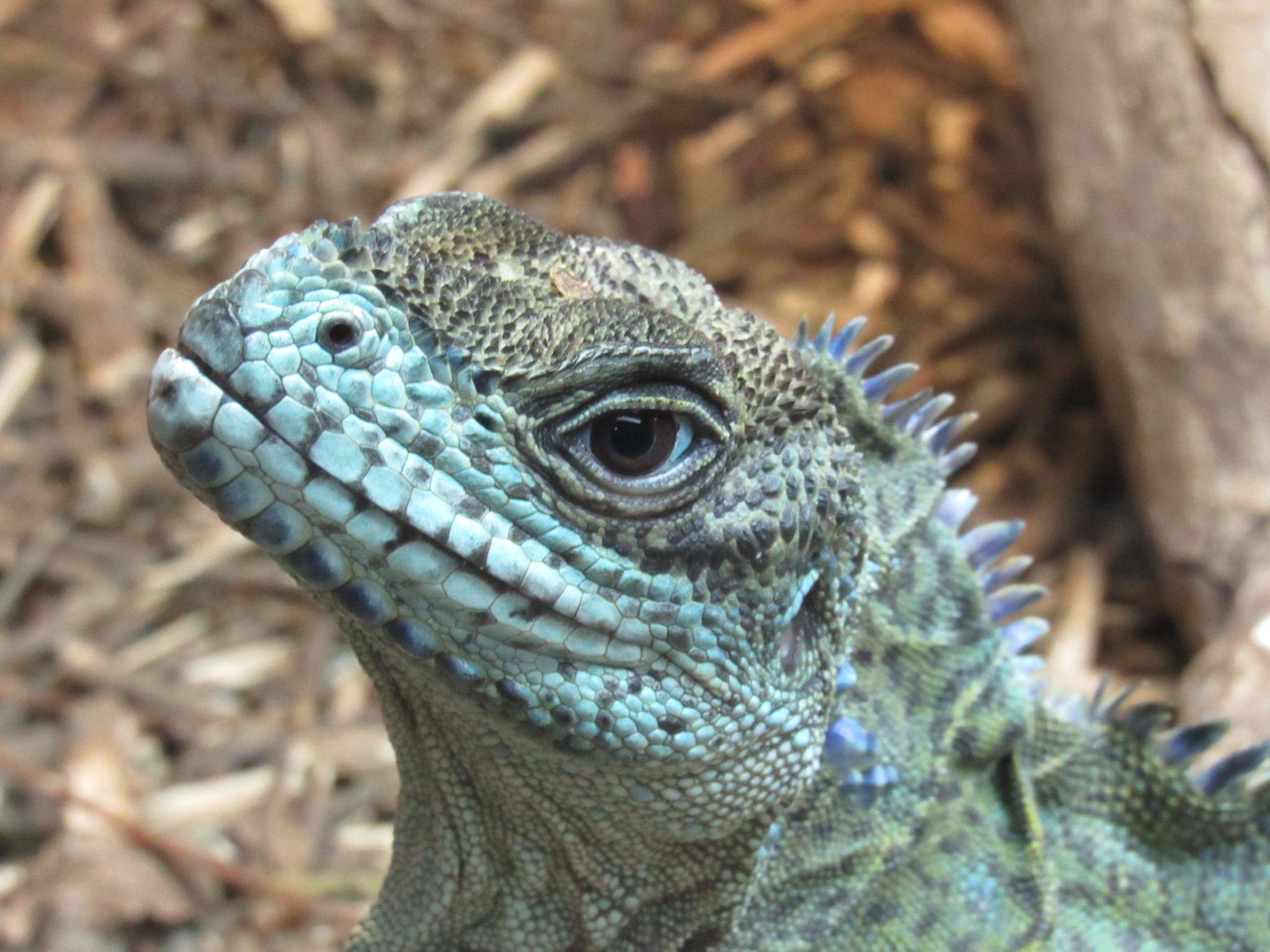Animals that are the symbols of the New Year 2024
"Dragons of Mykolaiv Zoo" - that's what we called a series of educational articles about the animals of our zoo, dedicated to the symbol of the New Year 2024.
The date of the Chinese New Year is determined by the moon. It is celebrated on the second new moon after the winter solstice. According to Chinese astrology, each year has its patron animal, color and element. The coming 2024 will be the year of the Green Wood Dragon. The Dragon is considered a symbol of China's imperial power, so it is highly revered by the Chinese. In Eastern astrology, the year of the Dragon is considered very prosperous, because this animal is famous as a balanced, calm, but at the same time purposeful and charismatic being. The Chinese New Year of the Dragon will begin on February 10, 2024 and end on January 28, 2025.
We bring to your attention articles and photos that tell about the real dragons that live in Mykolaiv Zoo – impressive lizards with bizarre body contours, bright colors, expressive eyes. In each of the articles that we publish shortly before the arrival of the year of the Dragon, we will talk about one of them.
Today we will talk about the sailfin dragons or hydrosaurus.
These rather large, more than a meter long, lizards live on the islands of Southeast Asia.
This "dragon" spends a significant part of its life near water, which is why it got the name "hydrosaurus". The lizard swims well, in case of danger it can jump from the trees into the water and hide there.
On its back it has a row of pointed scales in the form of a comb 1 cm high, which makes the animal even more similar to the image of a mythical dragon, and at the base of the long tail is a flat dermal crest, similar to a sail, which is supported by processes of caudal vertebrae.
The lizard eats fish, crustaceans, insects and their larvae, invertebrates, fruits, and other plant food.
Due to its size, bright scales, a comb on the back, sharp claws and teeth, it has a very impressive, truly "dragon-like" appearance. You can find this dragon in the terrariums installed in the warm exhibit room of the primate department.


